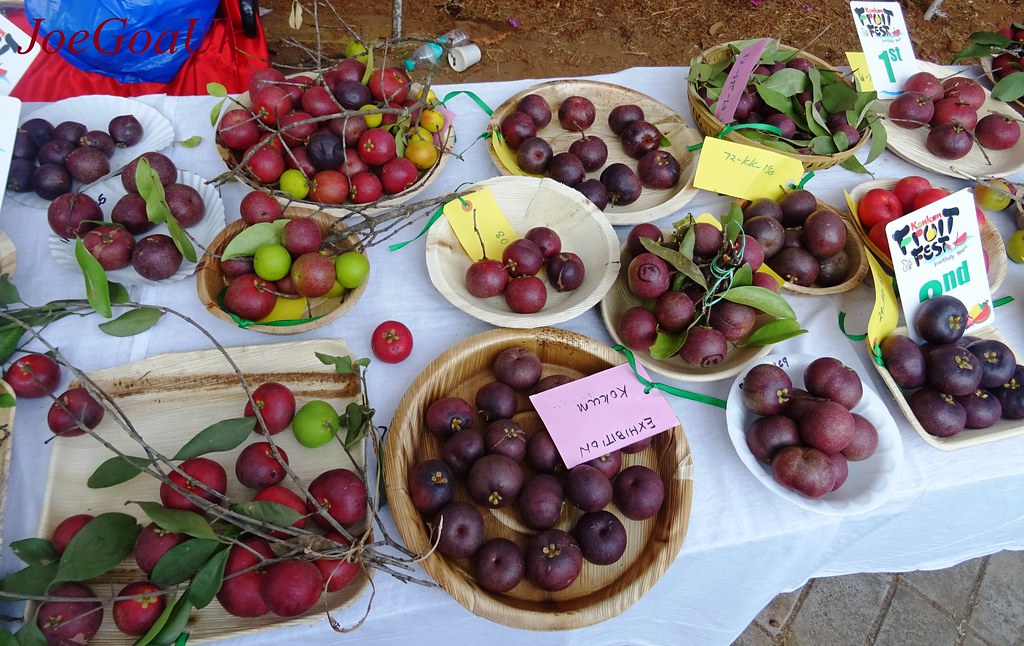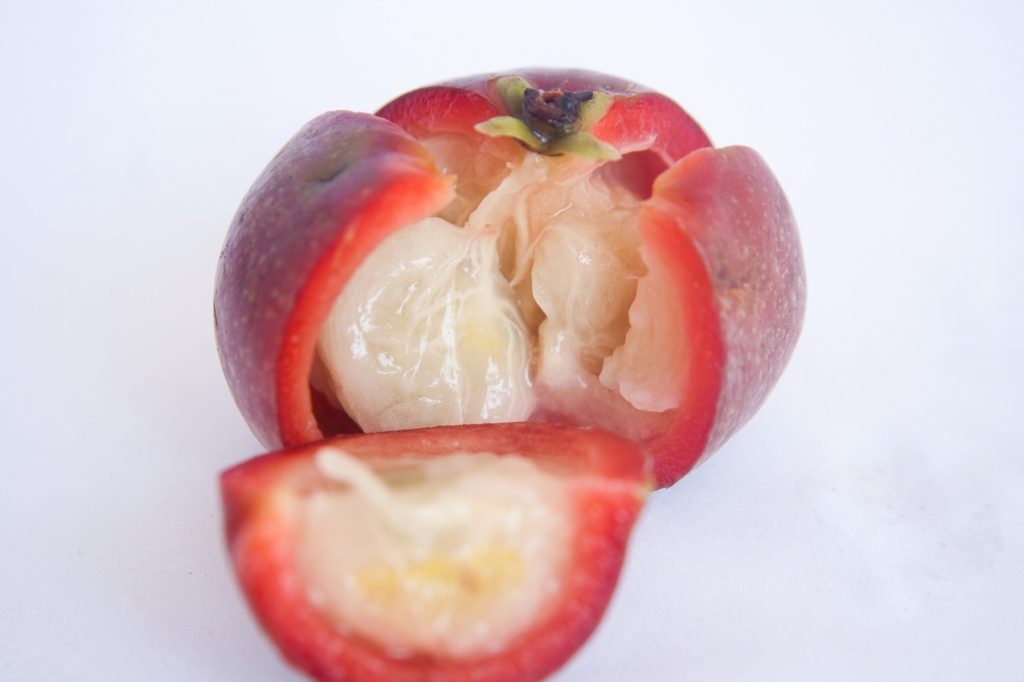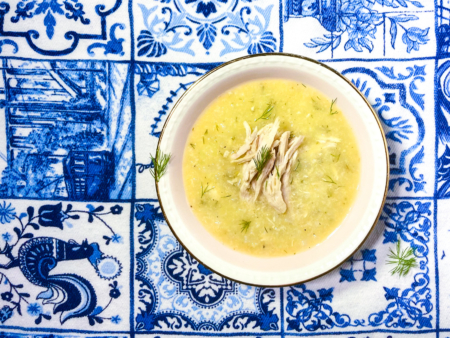Looking to brighten up your curry dishes or try a new alternative to your favorite summer lemonade? Kokum fruit, also known as wild mangosteen or jungle plum, is a vibrant Indian favorite that might just be the ingredient you’re missing.
What Does Kokum Fruit Taste Like?
Kokum is deeply sour with a tart, floral undertone and a slightly sweet aroma. Its flavor profile is sometimes likened to cranberries. Fresh kokum leans more sweet-and-sour while the dried fruit is more acidic but mellows as it cooks.
Where to Get Kokum Fruit

You’re most likely to find dried kokum, also known as aamsul, online and in specialty food stores. You can also sometimes find powdered kokum or kokum syrup.
Fresh kokum fruit is abundant in certain regions of India, particularly the coastal areas of the Western Ghats. However, because fresh kokum only has a shelf life of about five days, it’s pretty hard to find outside of the country.
What to Do With Kokum Fruit
Kokum is a favorite in Indian cuisine, particularly along the south and west coasts, both for desserts and savory dishes. It’s a popular alternative to tamarind, another souring agent common in South and Southeast Asian cuisine.

In the summer, kokum sherbet is a local favorite. It’s a citrusy juice made from dried kokum with sugar (or kokum syrup), roasted cumin powder, and salt. Add coconut milk, garlic, chili, and cilantro to make solkhadi, a sweet and savory summer drink enjoyed in coastal Konkan. Serve your kokum drink with fenugreek chicken and steamed rice for a flavorful and refreshing meal.
Kokum is a natural fit in curries, adding a fruity acidity and a pleasant hint of sweetness that plays especially well with rich and spicy dishes. It’s typically paired with seafood curries, a specialty in its native areas.

When adding dried kokum to a dish, two to four whole pieces stewed in the sauce is enough to impart its sour flavor. Try using a little kokum in our Kerala fish curry, a curry dish inspired by another Indian region abundant in the tangy fruit.
Feature Image: Flickr user ramnath bhat ( CC BY 2.0 )



